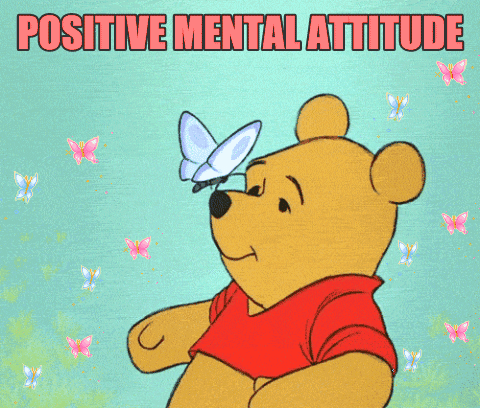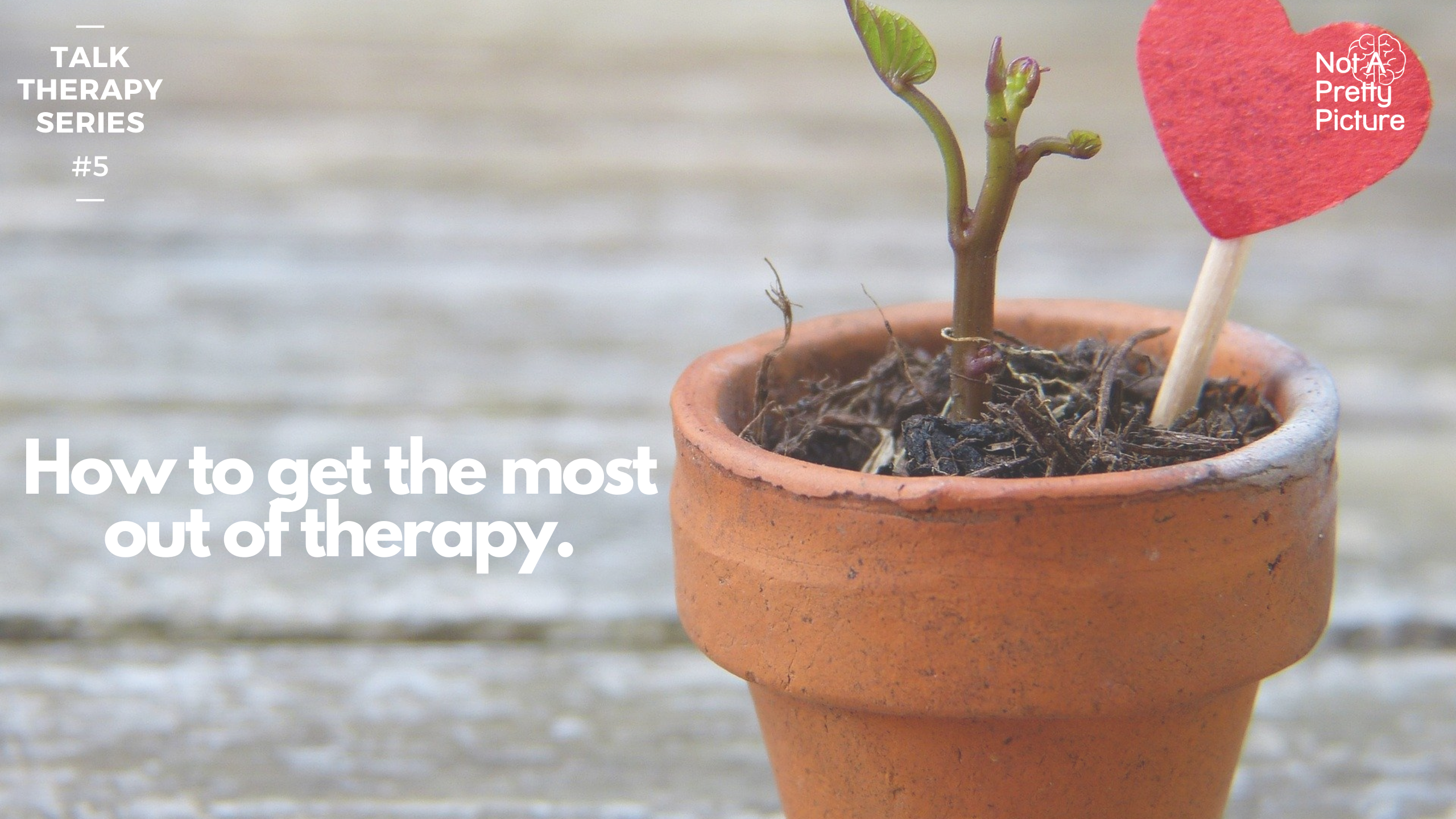“So, come on in. Lie down on the couch and close your eyes. Think back to when you were 5. What were you doing? How do you feel?”
Is that really what happens in therapy?
Well not really!
I think this perception started with Freud because that’s what he would do with his patients. But no, it’s not like what you see on TV. You just sit, not lie down on a couch.
Well, asides from that, here are some other common misconceptions about therapy.
1.Going for therapy means you need to take medications.
No. In fact, my psychologist was quick to inform me that she does not prescribe medication, if she deemed that I required it, she would refer me to a psychiatrist.
I wanted to tell her that I already knew I wouldn’t need medication, there wasn’t some neurological imbalance in me, just bucket loads of emotional problems stemming from a lifetime of being a schizophrenic’s sister.
2. On that note, seeing a psychiatrist and psychologist is the same thing.
Well, for one thing, as explained above, psychiatrists prescribe medication, in conjunction with therapy and rehabilitation to treat their patients. Most psychologists are not licensed to prescribe meds, unless they are also a medical doctor.
Also, you normally need a referral to see a psychiatrist while you don’t need a referral letter to see a psychologist. Check out my Confused by all the Options article for more information on the different types of support you can get.
3. Therapy is only for those with mental health problems.
But, no. Therapy is for anyone who wants to take charge of and improve their mental and emotional health. Don’t be surprised if a high-flyer sees a therapist to improve his communication skills, for example.
Apparently, a concerned aunt had asked my mother, “what’s wrong with Yas? Why she need to go for therapy?”
Ok, whether that was ad verbatim or my mom’s interpretation of the question, I do not know. The point is you don’t need have “something wrong” or be mentally ill to improve yourself via therapy.



4. You are weak if you need to go for therapy.
Ok less a myth, more a stigma. You are strong if you realise that it could benefit you to seek professional help and if you’re willing to explore and work hard at improving your mental and emotional health.
Hopefully, this shift in mindset starts happening and we can work towards eliminating any stigma surrounding therapy.
5. You have to stick to the same person throughout your journey.
Remember that the vibe you feel with the therapist is important. You can have an experienced Ph.D treating you, but if you feel distanced, uncomfortable, judged, misunderstood – whatever it might be, move on.
Some people may have the qualifications but just cannot connect with empathy. There is no shame in knowing within the 1st few sessions and just moving on.
Ask trusted friends for recommendations. And be prepared to, as a friend of mine said to:
Kiss a few frogs before you meet the right one.
6. Face to face sessions are the only way.
Well, I feel it depends on you as a client, what you are looking for. I started therapy when there was a lockdown in Singapore so I had no choice but to do it online. After about 7 sessions, the lockdown lifted and I finally met my therapist.
I feel as though there is no difference between online and in person. In fact, I prefer the comfort of doing it from home. That said, not everyone has a conducive environment at home. And depending on what needs addressing, some therapists say that in-person is key to seeing the nuances of the client’s reactions.
I thought this Psychology Today article was interesting, where they said that electronically delivered Cognitive Behavioral Therapy was deemed just as, if not more, effective in providing one with the help they need, in a safer manner during this Covid-19 period.
7. I’ll just see a therapist for 12 weeks, get cured and move on.
There is no CURE. It is about getting the tools and perspective to manage your situation, feelings, etc.
The therapist will not solve your problem for you. Sometimes not every problem is solvable with an action item. Sometimes, you will have to just solve it within yourself by changing your perspective. And no therapist can go in your head and fix that directly.
In reality, they will provide you with the tools and guidance necessary but they will not insist on what you must do.
Remember, what you put into it, you get out of it.
Do you have any other myths to share? Let me know in the comments box below!
Other Articles in the Talk Therapy series:
Confused by all the different options? How to find the right therapist for you.






4 thoughts on “7 Myths about therapy, busted!”